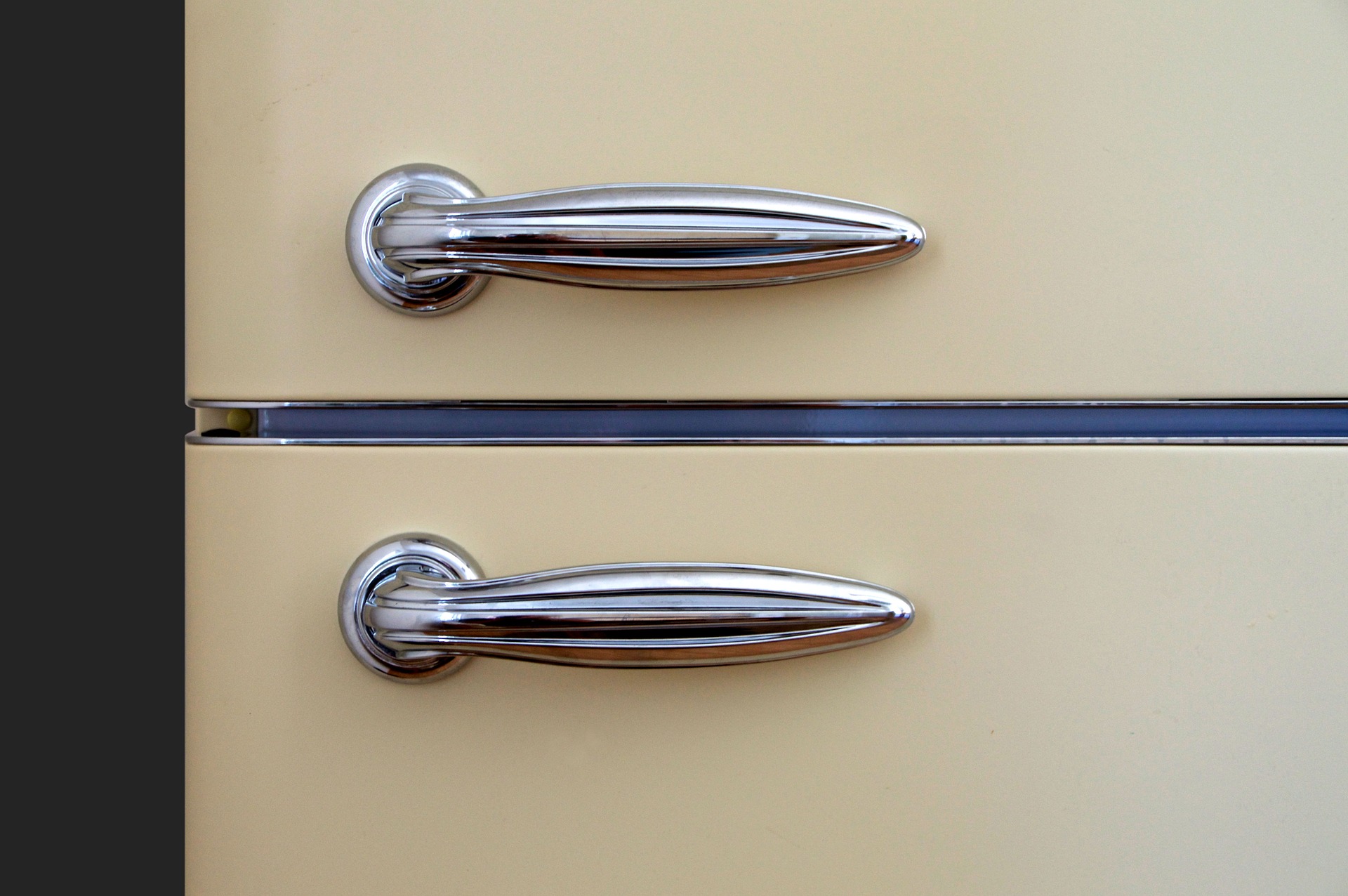6 Refrigerator Efficiency Hacks
 The refrigerator is an essential appliance for millions of homes across America. As any experienced refrigerator repair expert will attest, when issues arise with the efficient operation of a fridge it can be both a nuisance as well as a safety risk. Luckily, there are simple things anyone can do to keep their refrigerator running smoothly for years to come.
The refrigerator is an essential appliance for millions of homes across America. As any experienced refrigerator repair expert will attest, when issues arise with the efficient operation of a fridge it can be both a nuisance as well as a safety risk. Luckily, there are simple things anyone can do to keep their refrigerator running smoothly for years to come.
Read on for tips on how to enhance the efficiency of your refrigerator. If you’re experiencing issues that you’re not sure how to fix, contact Diamond Appliance, the #1 Kansas City and St. Louis refrigerator repair experts.
Hack #1: Monitor the Internal Temperature
When the temperature in the kitchen changes, it can have an impact on the internal temperature of a refrigerator. Circumstances such as running the oven stovetop in close proximity to the fridge or heating and cooling systems working overtime in extreme weather can cause the internal temperature of the refrigerator to fluctuate.
These fluctuations can reduce the efficiency of the appliance. They can also pose a health hazard if the internal temperature of the fridge is above 40 degrees Fahrenheit for an extended period of time. This temperature is designated by the US Food and Drug Administration as the minimal safe temperature for food storage.
Place an extra thermometer in the center middle shelf of your fridge. Make a habit of checking it every time you open the fridge, and contact a refrigerator repair specialist if the internal temperature is consistently at or above 40 degrees.
Hack #2: Inspect the Door Gasket
The gasket is the piece of thick and flexible rubber that surrounds the perimeter of the refrigerator door. It provides insulation for the interior of the appliance, keeping the cool refrigerated air inside. Over time, this component can degrade from normal wear and tear.
When the gasket becomes cracked or detaches from the fridge, the appliance will need to work harder to maintain a consistent internal temperature. While replacing a gasket can be a simple DIY project, an experienced refrigerator repair specialist like our team at Diamond Appliance is always here to help.
Hack #3: Provide Sufficient Airflow
Contrary to popular belief, refrigerators do not cool food by blowing cold air. Instead, they work to remove warm air from inside the appliance, until the internal temperature is low enough for safe storage. This warm air is then expelled out of the back of the appliance.
If this warm air becomes trapped around the fridge, the appliance must work harder to maintain a cool and safe temperature inside. Appliance repair experts often recommend a minimum of one inch clearance on either side of the fridge to facilitate airflow.
Hack #4: Avoid Overcrowding the Shelves
Airflow is an important consideration for the inside of the refrigerator as well. When food items are packed too closely together inside the fridge, it can hinder the airflow necessary for the appliance to effectively cycle through the process of removing heat from inside.
In the freezer section, it is often acceptable to pack food a bit closer together, as the temperature is often low enough that the frozen food items actually help to keep everything frozen without the appliance needing to do much work. However, care should be taken to avoid blocking the coils and thermostat often located at the back of the freezer.
Hack #5: Look Out for Moisture
The presence of moisture inside a fridge is often a sign of a humidity imbalance within the appliance. If your door gasket is in good condition and the coils at the back of the appliance are not blocked, the issue may be with the energy-saving features on many newer models.
By switching off the energy-saver, your fridge’s heaters will kick on. These heaters work to keep condensation from accumulating around the fridge doors. When the moisture is gone, the energy-saver can be turned back on. If issues persist, contact the refrigerator repair specialists at Diamond Appliance.
Hack #6: Keep the Condenser Coils Clean
The condenser coils, located outside of the fridge (typically underneath), release heat to the outside air. This release of heat condenses the gas inside the coils back into a liquid, where it then re-enters the fridge to collect more heat to release outside.
When these coils become covered in dirt and dust, they can reduce the efficiency of the appliance and also be a potential safety hazard. Use a brush or broom to clean the coils a few times per year.
Don’t let refrigerator issues slow you down. When you need expert refrigerator repair in St. Louis, Kansas City, Columbia, Overland Park, Independence, St. Charles, or a nearby community, contact Diamond Appliance. We proudly service many major refrigerator brands, including Whirlpool, Amana, Roper, and JennAir.




